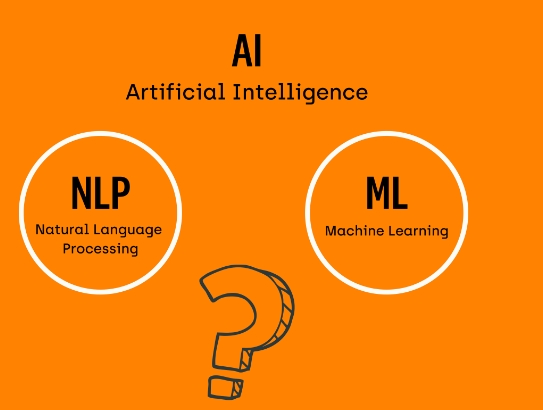Natural Language Processing in Artificial Intelligence
In today’s digital world, the ability for machines to understand and interpret human language is transformative. Natural Language Processing (NLP) is a significant component of artificial intelligence that enables computers to read, comprehend, and respond to human language in a practical way. As our reliance on technology increases, understanding NLP becomes essential for anyone interested in the future of communication and automation.
Understanding the Basics of NLP
Natural Language Processing is an interdisciplinary field combining linguistics, computer science, and artificial intelligence. At its core, NLP focuses on how machines can analyze and derive meaning from human language in various forms—be it spoken, written, or typed. This technology powers applications we use every day, from virtual assistants like Siri and Alexa to chatbots that handle customer inquiries. By breaking down the complexities of human language, NLP allows for more sophisticated interactions between humans and machines, while significantly enhancing efficiency in data processing.
Applications of NLP in Everyday Life
NLP is already integrated into many facets of our daily lives, often in ways we might not even notice. For instance, email providers utilize NLP to filter spam, ensuring your important messages don’t get lost in a cluttered inbox. Additionally, social media platforms employ sentiment analysis to gauge user emotions and improve the overall user experience. Furthermore, translation services like Google Translate rely on NLP to break down language barriers, allowing people from different countries to communicate seamlessly. These practical applications showcase how NLP is not just a theoretical concept but a vital part of enhancing our digital interactions.
The Future of NLP and Its Challenges
As technology continues to evolve, the future of NLP holds exciting possibilities, including advancements in voice recognition and personalized AI communication. However, several challenges remain. Deciphering the nuances of language, such as sarcasm, idioms, and cultural references, can still pose difficulties for NLP systems. Additionally, ensuring that these systems operate without bias is an ongoing concern. Researchers and developers are actively working to improve the understanding of language context, aiming to overcome these obstacles and create more intuitive and accurate systems.
In conclusion, Natural Language Processing is a fascinating area within artificial intelligence that impacts various aspects of our daily lives. As the field continues to develop, staying informed about its advancements and applications can empower us to harness its potential to improve communication and productivity. Whether you’re a tech enthusiast or simply curious about how AI shapes our world, there’s always something new to learn in the realm of NLP. Explore further, and discover how this incredible technology might enhance your own life!

